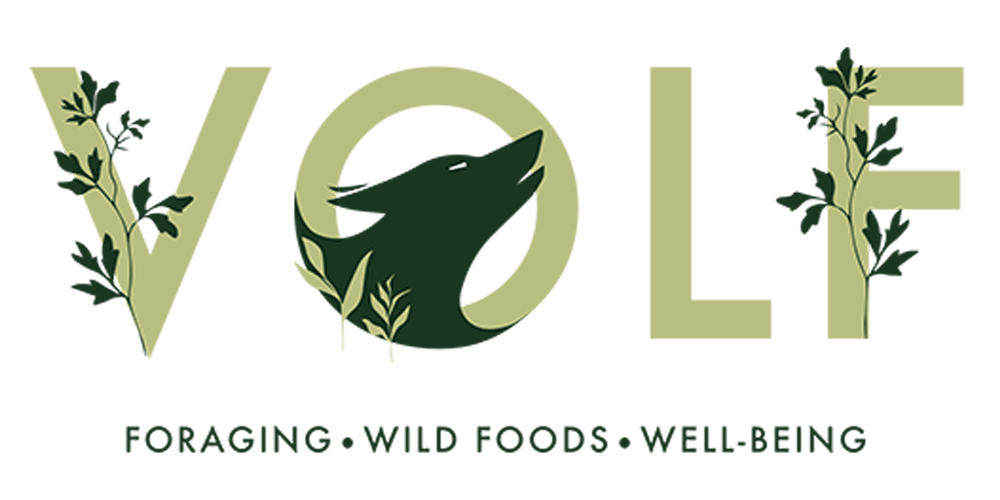Common Hazel
How To ID Me And What I’m Good For?
My ID Features:
Leaf.
Fruits/Nuts.
Male Catkins.
Trunks.
Flowers.
Common Hazelnut
Latin Name - Scorylus Avellana
Common Names - Common Hazel, Hazelnut.
Family - Betulaceae.
Season - Spring, Summer, Autumn.
Edible Bits - Catkins, Leaf, Nuts, Pollen.
Habitat - Growing practically everywhere in the UK. Common Hazel prefers moist and rich environments.
Possible Confusion - Hard to confuse with other tree species with its easily identifiable catkins and leaf shape in spring/summer. And, in autumn its nuts. Though there are many cultivars of Common Hazel.
Description - The native Common Hazel belongs to the Birch family (Betulaceae). It’s a Large, deciduous shrub or small multi-stemmed tree, usually growing to around 6 metres tall. Believed to have been in the UK since the melting of the ice age some 12,000 years ago. Favoured by carpenters and builders, ancient hazelnut coppices are a common sight. The tree itself can live to around 80 years old if left to grow naturally. If coppiced, they can live to several hundred years old.
Since Luke and I are most interested in its culinary uses we’ve been munching away on this tree throughout the seasons. Interestingly, the catkins are highly astringent if eaten raw but with some processing they turn in to the most beautiful edibles. You can check these out in our recipe section. The young leaves also make a great addition to a salad. The nuts don’t need much introduction here being a staple, the world over.
Physical Characteristics…
Leaves
The leaves are round to oval, doubly toothed, hairy and pointed at the tips.
Catkins
The Male catkins appear in spring along with the female/male flowers are a very distinctive as shown in the picture.
Fruits/Nuts
Once pollinated the flowers develop in to oval fruits which grow in groups of up to 4. Over the season they develop in to nuts.
Bark
Smooth grey to brown.
Medicinal Qualities - The bark, leaves, catkins and fruits/nuts are sometimes used medicinally. They are astringent, diaphoretic, febrifuge, nutritive and odontalgic. The nut aids in digestion. The nut oil itself has a very gentle but constant and effective action in cases of infection with threadworm or pinworm in young children.
Harvesting Sustainability - When collecting the catkins we make sure to shake the pollen from the tree to help pollinate flowers of adjacent trees. In regards to the nuts, it’s unlikely you are going to harm local populations if for personal use. But be mindful of the other creatures that are dependant on them as a food source.
Safety Note - Always pick from the tree to avoid contaminants.
Never munch on a hunch! Volf takes no responsibility for anything consumed.









